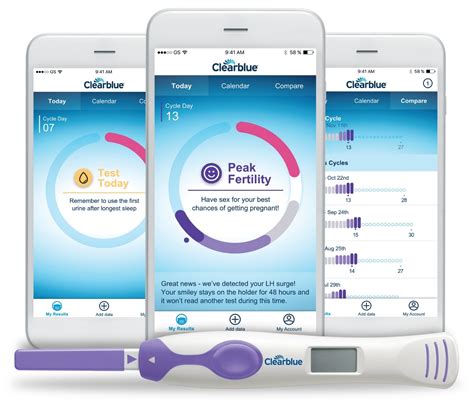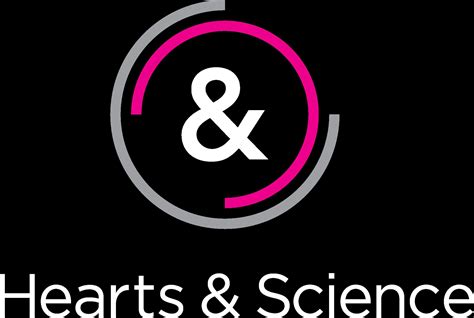What is Clearblue Connected Ovulation Test System?

The Clearblue Connected Ovulation Test System is an advanced fertility tracking tool that helps women to identify their fertile days with greater accuracy. This innovative system is designed to provide a comprehensive and personalized understanding of a woman's menstrual cycle, enabling them to optimize their chances of getting pregnant.
The Clearblue Connected Ovulation Test System works by detecting the surge in luteinizing hormone (LH) that occurs just before ovulation. This hormone surge triggers the release of an egg from the ovaries into the fallopian tube, where it can potentially be fertilized by sperm. By tracking the LH surge, women can time intercourse more effectively and increase the likelihood of becoming pregnant.
The Clearblue Connected Ovulation Test System utilizes a Bluetooth-enabled digital reader that syncs with a smartphone app to provide real-time fertility tracking. The reader detects LH levels in urine and communicates the results to the app, which then provides personalized insights and reminders to help women achieve their fertility goals.
One of the unique features of the Clearblue Connected Ovulation Test System is its ability to predict ovulation up to four days in advance. This allows women to plan their sexual activity in advance and optimize their chances of conception. The system also provides a clear and easy-to-read display, reducing the chances of misinterpreting results and increasing the accuracy of fertility tracking.
Overall, the Clearblue Connected Ovulation Test System is a valuable tool for women who are trying to conceive. By combining advanced technology with accurate fertility tracking, this innovative system helps women to gain a deeper understanding of their menstrual cycle and improve their chances of getting pregnant.
Frequently Asked Questions about clearblue connected ovulation test system
The Clearblue Digital Ovulation Test detects the rise of the ovulation hormone LH (luteinizing hormone) 24-36 hours prior to ovulation and identifies the 2 best days to conceive in a given cycle. It's more accurate than calendar and temperature methods3 and gives you unmistakably clear results on a digital display.
The Clearblue Advanced Fertility Monitor is used in tandem with ovulation testing wands (sold separately) to detect your most fertile days and track your overall cycle. This is a simple and straightforward process, in which you use strips for urine testing and then place them in the touchscreen device to be read.
It works differently to other ovulation tests
Clearblue® Advanced Digital Ovulation Test works differently to other ovulation tests as it is designed to detect 2 hormones, estrogen and LH.
The results can be read at any time between 3 and 10 minutes after performing the test. Discard the test after 10 minutes. READING THE RESULTS Look at the Result Window and compare the Surge Line to the Reference Line. The line next to the arrow is the 'Surge Line' which indicates the level of LH in your urine.
Clearblue® Ovulation Tests are over 99% accurate at detecting the LH surge, to help you get pregnant faster. If you are not able to detect ovulation regularly, this could be a sign to seek medical attention and assistance with getting pregnant.
Clearblue Advanced Digital Ovulation Test
If you're looking for an ovulation test that provides you with detailed information on your cycle, this is the ideal pick.
The test detects a rise in luteinizing hormone (LH) in the urine. A rise in this hormone signals the ovary to release the egg. This at-home test is often used by women to help predict when an egg release is likely. This is when pregnancy is most likely to occur.
Ovulation is when an egg is released from an ovary. Your ovulation period lasts for 12 to 48 hours. Typically, this takes place mid-cycle, but the exact timing is different for each menstruating person.
- After your first day of High Fertility is displayed you can test more than once a day if you would like to but avoid excess fluid intake before testing. If you see more than 9 High Fertility days, see FAQs 2 and 4. You cannot do another test while Peak Fertility is shown, as the holder will not be able to read it.
This surge of LH typically occurs 24 to 36 hours before ovulation – the process when an egg is released from an ovary. Identifying the LH surge indicates the onset of the 2 most fertile days, when you are most likely to get pregnant. Most ovulation tests detect the LH surge identifying your 2 most fertile days.
The best time to take an ovulation test is with the second morning urine – roughly between 10 am and noon. The ovulation predictor test looks for a hormone called LH or luteinizing hormone in your urine. LH hormone surges 24 to 36 hours before you ovulate.
Predicting ovulation is easier when you have a regular menstrual cycle. With a 28-day cycle, you'll likely ovulate on or around day 14, so you'll want to start testing around day 10 or 11. If you have a short cycle, you can assume that ovulation will most likely occur within 4 days of your cycle's midpoint.
If your typical menstrual cycle is 28-days, you would perform an ovulation test 10 or 14 days after starting your period. If your cycle is a different length or irregular, talk to your doctor about when you should take a test. You can take an ovulation test at any time of day.
There is a high chance of becoming pregnant if a person has sex within 12–24 hours after ovulation. A person can conceive at any time, but especially if they have sex from 5 days before until 1 day after ovulation. Ovulation occurs when one of the ovaries releases a mature egg.
Sperm can live up to 5 days inside your body, so if you have sex up to 5 days before your egg is released, you can get pregnant. After ovulation, your egg can only live for 12 to 24 hours. After this time is up, your chance of getting pregnant is virtually zero until your next menstrual cycle.
For women with 28 day menstrual cycles, the best time to take an ovulation test is 10 to 18 days after your period. If your cycles are longer but regular, like 32 days, start 32 minus 28 or 4 days later – days 14 to 22.


















